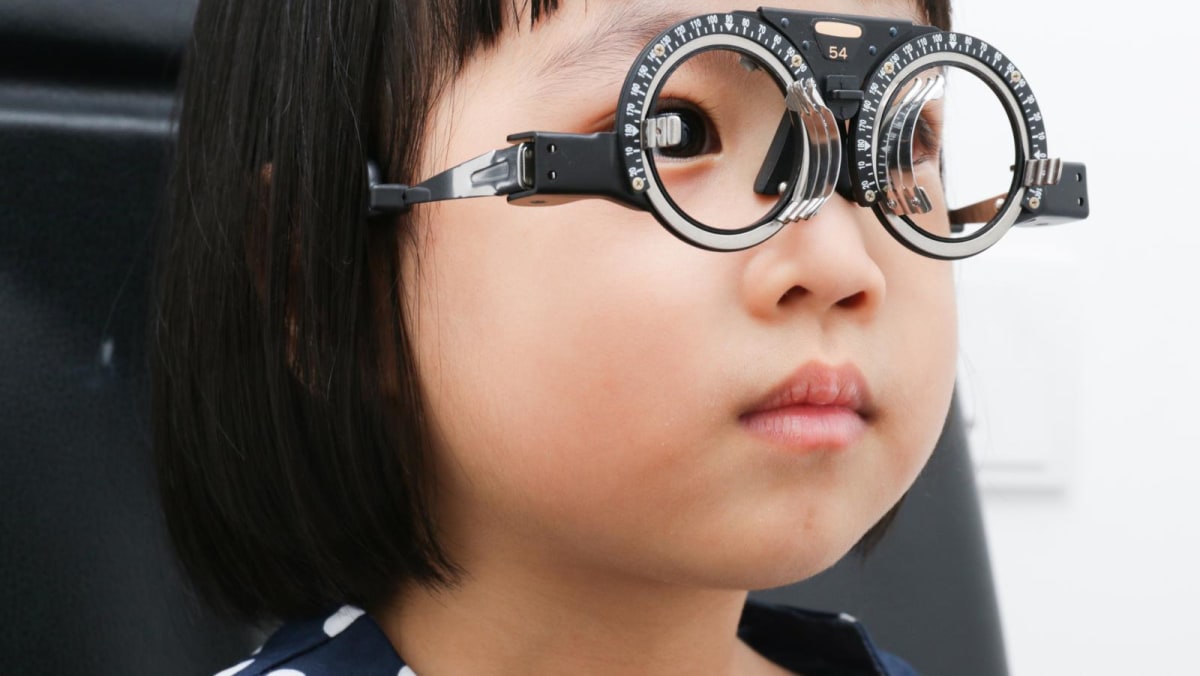DOESN’T MYOPIA IN CHILDREN USUALLY STABILISE OR EVEN REDUCE AS THEY GET OLDER?
Yes, most children and teenagers “will have a more stable refractive power by late adolescence to early adulthood”, said Dr Lam, “although I have seen some patients with progressive myopia into their early 20s”.
Myopia stabilises when the eye stops growing in length. “However, in some patients, myopia may continue to progress into adulthood due to various factors such as lifestyle habits, visual needs or eye conditions that cause the tissues of the eye to stretch and elongate,” said Dr Lam.
HOW SEVERE DOES THE MYOPIA HAVE TO BE TO CAUSE RETINAL DETACHMENT?
According to Dr Lam, there is no published incidence rate of retinal detachment in children with severe myopia in Singapore. However, “I have personally encountered a child with pathological myopia of 1,500 degrees, who developed a retinal detachment from her myopia”, she said.
Fortunately, most children in Singapore are usually found to have low to moderate myopia that ranges from below 200 degrees to 600 degrees, said Dr Lam.
WHAT ARE THE SIGNS THAT MY CHILD MAY HAVE RETINAL DETACHMENT?
Be on the alert if your child complains of seeing floaters, white flashes of light and/or having part of his vision obscured with a “black curtain” or loses his vision, said Dr Lam.
“If your child experiences any of these symptoms, seek emergency medical attention as soon as possible as permanent blindness can happen as quickly as a few days if left untreated, especially in the presence of a large retinal break,” she said.

